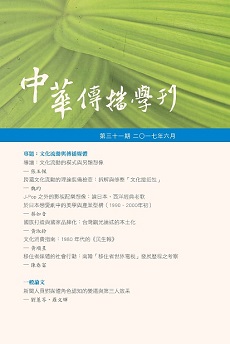 閱覽人數: 4380
閱覽人數: 4380
June
2017
No. 31
文化流動與傳播媒體
Cultural Flow and Media頁數:17 - 48
作者(中)
魏玓
作者(英)
Ti Wei
關鍵詞(中)
:文化接近性、國際傳播理論、跨國文化流動
關鍵詞(英)
cultural proximity, international communication, international cultural flow
中文摘要
國內有關跨國文化流動研究中,「文化接近性」(cultural proximity)是最經常被引用的概念之一。然而大部分文獻都將之定理化,缺乏對概念形成與修正脈絡的必要探討,以及應用方式的適度調整。本文試圖透過文獻的批判性和後設性檢閱,拆解「文化接近性」理論概念的不足與謬誤,檢討與釐清此一概念的內涵、適用性及其知識脈絡。最後建議以文化認同理論與政治經濟學觀點加以修整,以期跨國文化流動相關研究能夠擁有更為堅實有效的理論裝備。
英文摘要
“Cultural proximity” is probably the most cited and applied concept in the literature on international cultural exchange in Taiwan. However, most studies and applications use it as a theorem without the necessary introduction to its formation context, possible revisions, or the proper adjustment required for its application. Consequently, speculative and methodological fallacies have appeared in many studies. This article reexamines the theoretical concept of cultural proximity and its employment in Taiwanese communication studies through a critical and metatheoretical review of the relevant literature. Significant empirical data are also provided that verify the central argument of the theory. Finally, this article suggests a modification of the concept according to the theories of cultural identity and political economy. The main objective is to improve the theoretical reliability and effectiveness of local studies of international
cultural flow.
cultural flow.